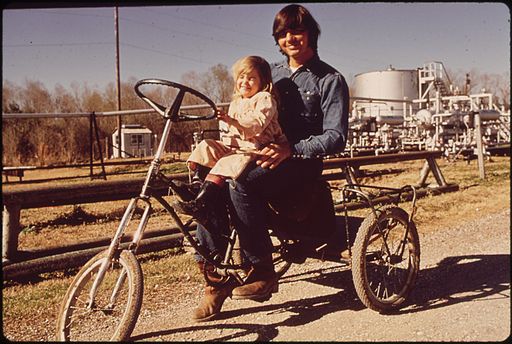By oneself is evil done
By oneself is one defiled
By oneself is evil left undone
By oneself is one made pure
Purity and impurity depend on oneself
No one can purify another
Siddhartha Gautama, Dhammapada XII, verse 165.
(Photo of a Buddha from the Yungang Grottoes courtesy of Wikimedia Commons and a generous photographer.)











